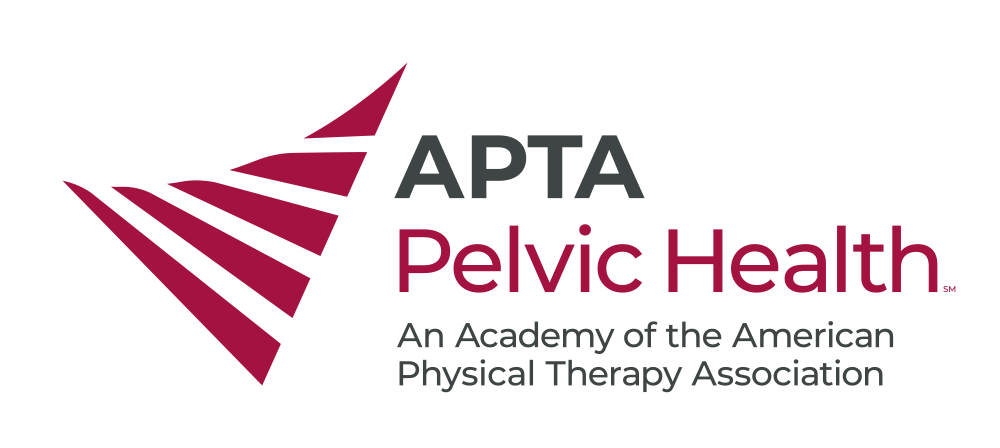Hamlin Addis Ababa Fistula Hospital and Physical Therapy
By Gill Brook, MCSP, MSc

Since 2010, I have visited the Hamlin Addis Ababa Fistula Hospital (AAFH) annually to support the team of Ethiopian physical therapists and aides within the main hospital and outreach centers.
Doctors Catherine and Reg Hamlin arrived in Ethiopia in 1959, and opened the current hospital in 1974. It has since developed into an internationally renowned center of excellence. Reg died more than 20 years ago, but Catherine continues to live at the hospital and, despite now being in her 90s, still dons a white coat and pays regular visits to the staff and patients on the wards.
The physiotherapy service has developed throughout the past 15 years and currently employs two Ethiopian physiotherapists and a team of physiotherapy and nurse aides.
As with many Hamlin staff, the aides are all survivors of obstetric fistula, so they have great empathy with the women in their care. There is no shortage of work for the team. It is their aim to see every woman who is admitted to the hospital for repair of her fistula, pre-operative pelvic floor assessment, and advice. What’s more, many women arrive at the hospital in a poor general state of health with a range of rehabilitation needs.
Successful repair of an obstetric fistula is achievable in most cases, but despite this, some 25% to 40% of patients have residual bladder or bowel symptoms–a cruel blow for women who have already suffered so much pain and hardship.
Once again, the Hamlin physical therapists and their support workers are in the forefront of care, offering further assessment, guidance, and treatment as part of the multi-professional team.
Obstetric fistula is certainly not just an Ethiopian–or even an African–affliction, but authors have noted that it is (or has been) more prevalent there than in other countries.
At the 2017 APTA Combined Sections Meeting, I shall consider the possible reasons for this. In recent years several published papers have shown the benefit of physiotherapy interventions both pre- and post-obstetric fistula repair surgery. I will discuss these studies along with a case study of an Ethiopian woman who had suffered a complex fistula with both pre- and post-operative complications. Come learn more about the important work and cases being treated at this Ethiopian facility!
Brook is part of an international panel session on “Trauma-Induced Pelvic Floor Disorders: Implications for Physical Therapists” at CSM Thursday, February 16, from 11 a.m. to 1 p.m. in San Antonio, Texas.Brooks’ session is Thursday February 16, from 11 a.m. to 1 p.m. in San Antonio, Texas, at CSM. Check the APTA CSM app for location.
AUTHOR: Gill Brook, MCSP, MSc, is a physiotherapist in Edinburgh, Scotland, who has specialized in pelvic floor, continence (including men), and women’s health physiotherapy for nearly 30 years. She works independently and tutors at the post-graduate level for the University of Bradford and Pelvic, Obstetric & Gynecological Physiotherapy in the UK. A well-published author, she has been secretary of the International Organization of Physical Therapists in Women’s Health and is an active member of the Fistula Committee of the International Continence Society and the Rehab Advisory Council of the Worldwide Fistula Fund. Since 2010 she has supported the physiotherapy team at the Hamlin Addis Ababa Fistula Hospital in Ethiopia.


